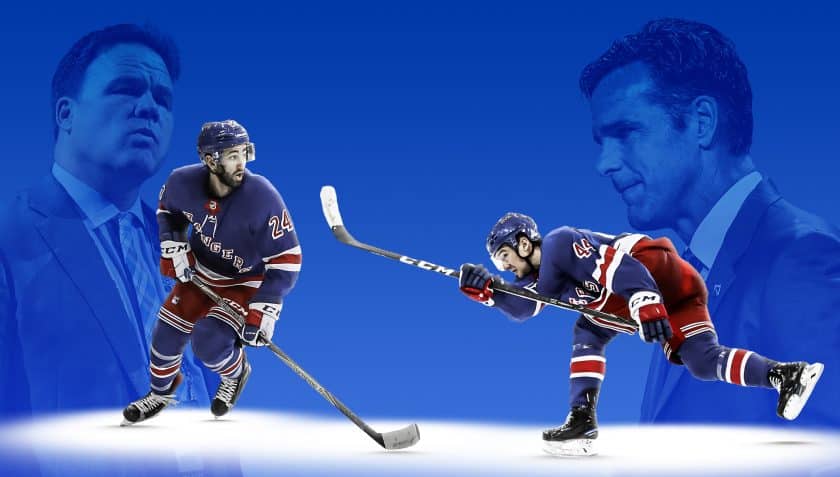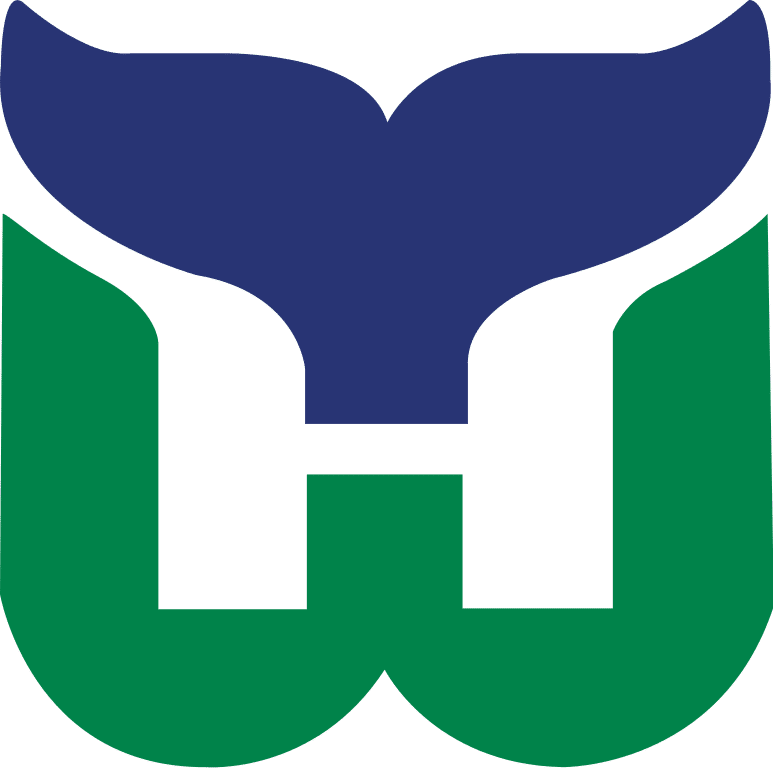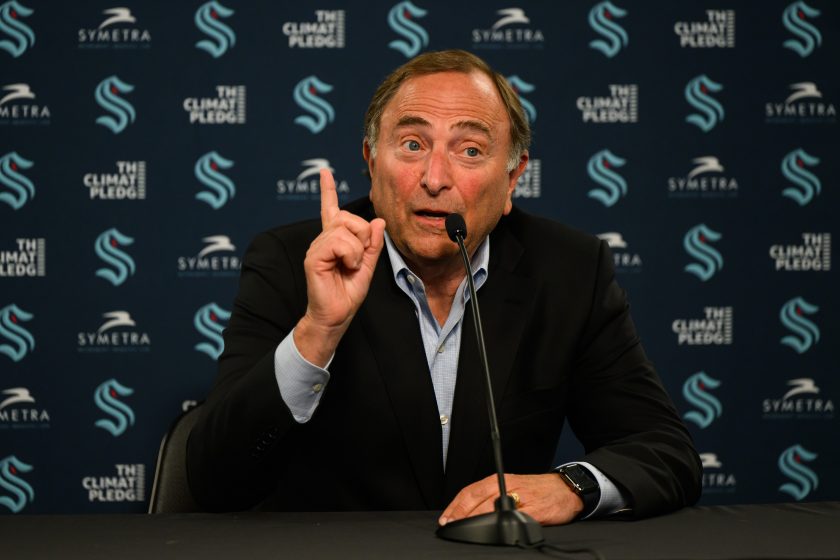New York Rangers’ are creating logjams all around the depth chart

Depth is always a great thing, but for the New York Rangers, when does having too many players with the same position become a problem?
In any sport, depth is of the utmost importance. But for Jeff Gorton and the New York Rangers, they might have too much depth creating logjams on their roster.
Let’s not kid anyone here, depth can sometimes make or break a team’s season, but the problem that the Rangers are facing is that they are starting to block players with their depth. Obviously, younger players need to prove themselves before getting the call but, how can they do that when there is not a spot for them?
A logjam already exists at the center ice position. Mika Zibanejad, Kevin Hayes, Filip Chytil, Lias Andersson, Peter Holland, Boo Nieves, Brett Howden, Vladislav Namestnikov, and Ryan Spooner are all vying for a spot this training camp. It helps that there is only four veterans in that mix, some who can even play on the wing (Namestnikov and Spooner). But, how do you expect younger players like Andersson and Chytil to develop at center at the NHL level if there isn’t room for them on the depth chart?
That answer is quite simple, they can’t and won’t be able to. Andersson and Chytil have already shown that they can handle what the AHL has to offer them. Chytil was putting up crazy numbers for an 18-year-old in Hartford a season ago with 31 points (11-20-31) in 46 games. While Andersson also got off to a hot start in Hartford with 14 points (5-9-14) in just 25 games. It would be foolish if either of them started out in the AHL this year because of that logjam the center ice position has presented the Rangers.
Now bring in the Adam McQuaid acquisition from Tuesday afternoon. By making this trade, general manager Jeff Gorton is doing the same thing he has done at center with the defense. Now a player like Neal Pionk, who deserves a spot on the roster after his showing last year, is not a lock to crack the roster come opening night. What about Tony DeAngelo? The player Gorton received in the Derek Stepan trade last summer. The same can be said about Ryan Lindgren, Libor Hajek, and John Gilmour.
The problem here does not lie with the idea of bringing in a veteran player like McQuaid. As a matter of fact, the McQuaid trade actually looks to be a good one, considering he adds a different element to the Blueshirts blueline. But, in a season that was supposed to be about the “kids”, the blueline has turned into a group of veterans that a team competing for a playoff spot would run out there on a nightly basis.
[sc name=”Rangers Center”]You also cannot forget about Brendan Smith. This training camp is going to be a make or break one for him, and he should come into camp in great shape. Suppose he comes in and impresses first-year head coach David Quinn, and cracks the opening night roster. Yet another spot gets taken away from a younger player (DeAngelo, Pionk, Sean Day).
The only way to know how a young player will play at the NHL is to actually see him play in the NHL. Sometimes players cannot replicate what they have done in the KHL, AHL, WHL while playing with the best the world has to offer. The Blueshirts will not know the type of center that Brett Howden is while centering the top line at Hartford. They also will not be able to tell what type of player he is while centering the fourth line at the NHL level. And that right there presents a different problem, a problem that the Rangers have never really had to face the past couple of seasons.
Yes, you want to have depth, but you also have to be careful about taking away roster spots from deserving younger players. How this unfolds during training camp will be one of the Rangers biggest storylines this season. One thing is for sure though, should a guy like McQuaid, Smith, and Cody McLeod take spots from younger players, this Rangers rebuild might be on the wrong track.
[sc name=”Twitter Follow Link” text=”Dom” username=”drennaESNY” ] [sc name=”Rangers Link Next” link=”https://elitesportsny.com/2018/09/12/new-york-rangers-news-team-announce-2018-training-camp-roster/” text=”Blueshirts Announce 2018 Training Camp Roster” ] [sc name=”Rangers Footer”]Dominick is a graduate of Canisius College. He has covered the Rangers for the last seven seasons and the Yankees for the last four.






